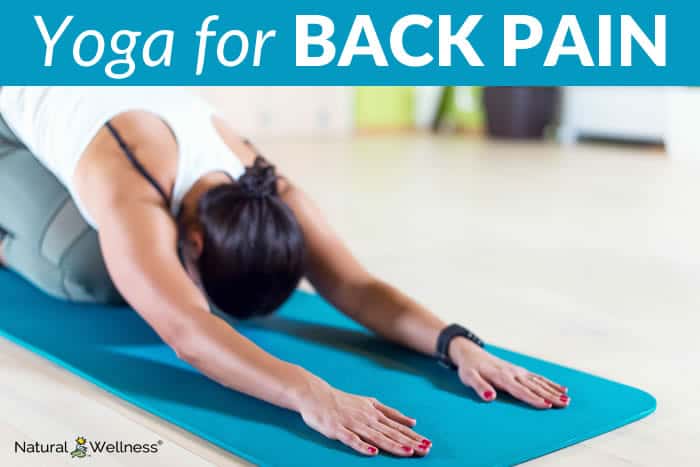

Did you know that 80 million Americans will experience low back pain at some point in their adult lives, and that more than 31 million Americans are experiencing low back pain at any given time? Add to that the fact that Americans spend over $50 billion trying to resolve low back pain every year, and it’s the number one reason for missed work and a leading cause of disability.
The back is a complex series of bones, ligaments, muscles and disks that are designed to be flexible to allow for movement. Problems occur when we overdo a repetitive motion, lift something too heavy or lift incorrectly, rupture spinal disks, irritate joints, strain or sprain muscles or ligaments.
5 Ways to Avoid Low Back Pain
There are many things that can be done to avoid or eliminate low back pain, including:
- maintaining a healthy weight
- exercising regularly
- practicing proper posture
- lifting correctly using your legs rather than your back muscles
- setting up ergonomically correct workstations
Once someone is experiencing back pain, treatment typically involves chiropractic care, massage and pain medications.
Yoga for Back Pain
Yoga is believed to have begun in India over 5,000 years ago and is as much a spiritual practice as a physical one. Early texts place emphasis on the “eight limbed path,” which includes steps that move toward Samadhi, or “enlightenment.” Yoga also involves a systematic series of movements that “open” areas of the body by stretching them in all directions, holding stretches for several minutes while deep breathing, and allowing the body to relax into the stretches. What we in the Western world consider yoga is typically Hatha yoga, which practices asanas, or yoga postures and pranayama, or yoga breathing.
A 2011 study on the use of yoga and stretching for low back pain demonstrated that the yoga group and the physical therapy stretching group had significantly less pain than the control group and it lasted for several months. It was found that yoga and physical therapy had similar results and showed marked improvement, while the control group showed almost no improvement. A new study (2016) has shown that 75-minute weekly yoga classes improve movement and function and reduce the need for pain medication in patients with low back pain. Again, the yoga group made significant gains, which lasted for months, while the control group showed little or no improvement.
Yoga has long been recognized and used as a way of maintaining health and flexibility in many cultures. We in the United States tend to mistrust such non-invasive means of treatment, but studies are finding that yoga is allowing many to reduce pain, reduce the need for medications, as well as significantly increase their mobility.




